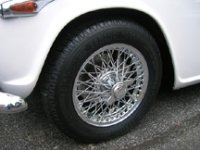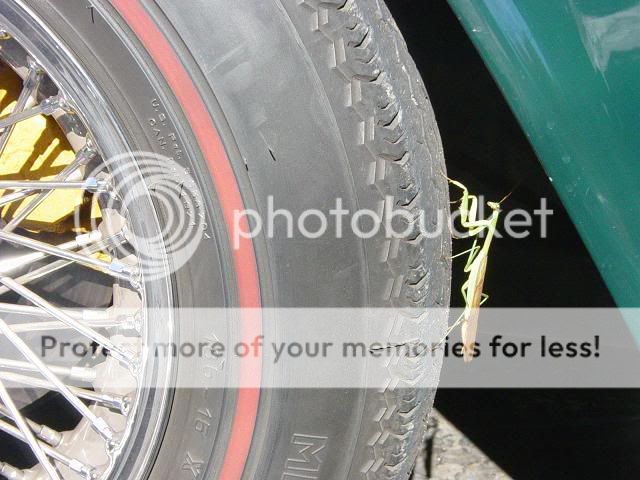Tinkerman
Darth Vader
Offline
Since I have owned my '60 TR3A I have planned to put wire wheels on it. I have 5 wire wheels, all have to be tuned and the wobble taken out of them. Really can't afford a set of new ones and I really don't have the budget to buy wires. Over the years I have been reading commentaries on safety issues on wire wheels. I see from the pictures that pop up on the Forum that many of you use the steel wheels.
Any commentary about using one over the other would be appreciated. If I went to the steel my car would be on rubber within a couple of days and that idea has some considerable appeal to me.
Your thoughts deeply appreciated, Tinkerman
Any commentary about using one over the other would be appreciated. If I went to the steel my car would be on rubber within a couple of days and that idea has some considerable appeal to me.
Your thoughts deeply appreciated, Tinkerman

 Hi Guest!
Hi Guest!

 smilie in place of the real @
smilie in place of the real @
 Pretty Please - add it to our Events forum(s) and add to the calendar! >>
Pretty Please - add it to our Events forum(s) and add to the calendar! >> 





